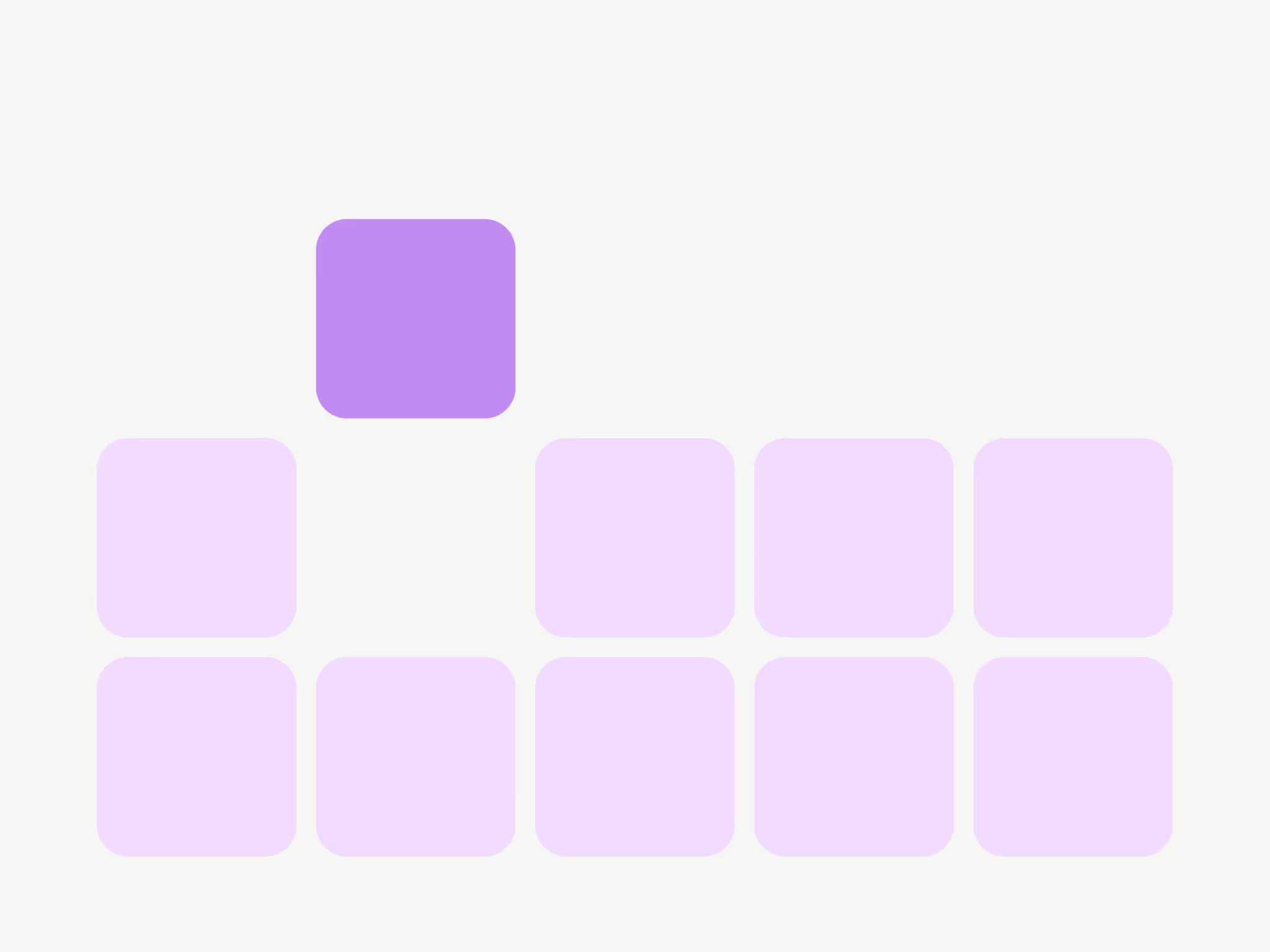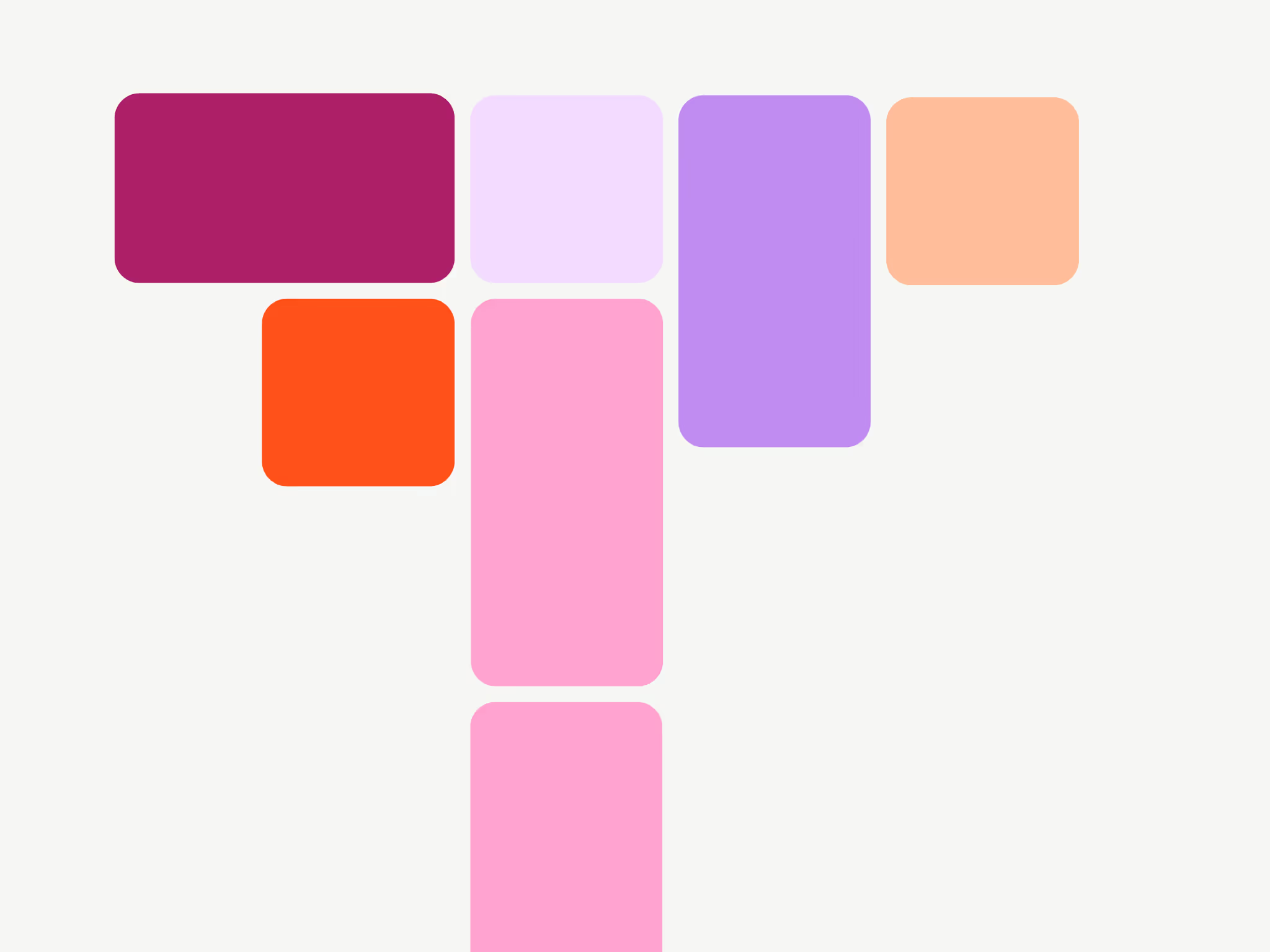Outreach can make or break your influencer program. Finding & vetting talent isn’t useful until you can get creators to actually reply to you.
And, there’s a lot of ways to approach it. There are best practices, but no one-size-fits-all strategy.
I asked 51 influencer marketers how they do it. My goal is to answer common questions, and show different approaches with examples and reasoning.
With that, you’ll be better equipped to decide what’s best for your own unique circumstances.
(We ran this survey in partnership with Influencers Club, a creator outreach agency.)
Let’s start!
Should you use outreach templates?
For most marketers, the answer is probably “yes, but not for the entire email.”
55% of participants used this approach.

Personalize the email for each creator & campaign, but use templates for general information about your brand or products.
Here’s a short & sweet example that is personalized, but partly templated.

(We’ll get into different CTAs & variations later)
Anna-Maria Klappenbach (who leads influencer marketing at Aumio) uses a partial template too, but she prioritizes conciseness over in-depth personalization.
Anna’s emails typically have a subtle hint that tells the creator it’s written just for them. But not so much personalization that it extends the length.
Here’s an outreach example:

Then, Anna adds more personalization in follow-ups if necessary. For example, referring to (or complimenting) recent content.
Whatever degree of personalization you choose, the core takeaway is:
- Make it clear to the creator that they aren’t just receiving a mass email
- Template the general business/product information to save yourself some time
Does it ever make sense to use fully templated emails?
It’s not best practice to fully template influencer outreach emails. That doesn’t mean they should never be used though.
Here’s a few things to think about:
1. If you’re already using templates and it’s working, keep doing it. But if you’re scratching your head trying to increase response rates, more effort in personalization is probably the answer. Unless of course your product/offer sucks – then fix that first.
2. For well-known brands, templates may be fine. With brand awareness, outreach becomes less of a challenge. The Nikes of the world can say almost anything in their outreach, and creators will be excited to reply.
3. Some high-volume recruitment strategies can work with templates. I’ll share an example, given by Ben Williams, Influencer Team Manager at Blast.
The email below is long and templated, with no personalization. But it worked for Ben because:
- It's a specific offer (free ticket & experience in exchange for content). No room for negotiation.
- They're recruiting a lot of creators as a small team. There's no bandwidth to handle hundreds of back-and-forths. So, they set expectations quickly & get straight to a "yes" or "no".
- Ben filtered potential creators using Modash, so he knew in advance that every creator fit their requirements (location, niche, audience).

Email vs DMs for initial outreach
In most (but not all) cases, marketers prefer to use email.

But no matter where the initial contact is made, business should be done in the email inbox. It gets difficult to keep track of the collab details in DMs.
So, assuming that email is the default, what are the exceptions? When does it make sense to use DMs instead for the first outreach?
When to use DMs for influencer outreach
Some creators, especially very small accounts, might not list a public email anywhere. They’re not yet used to receiving brand outreach, or proactively trying to monetize their content.
Agita Matule often recruits small local creators in Latvia on behalf of Wolt. She uses DMs since emails are often unavailable, and she gets good response rates.
The second is if you’re personally active on the social platform, and you share something in common with the creator. Mutual contacts or interests make for a more personal connection.
Piper Phillips (former Director of Marketing at Tru, and TikTok creator), explained this perspective:
If there's no obvious common ground, Piper uses email.
Which CTA should you use in the initial outreach?
…It depends.
Among respondents, the most common CTA used was a “soft ask”, like “are you open to collabs?”.
Here’s why. Explained by Dmitri Cherner, former Head of Influencers at OneSkin & Ruggable.
Additionally, it’s just easier to say “yes” to. Once the creator has replied and you have an open line of communication, you can explore the details.
This would be my default recommendation. If there’s a creator you really want to work with, and you’re open to how exactly that might look, just try to get a “yes” to open up a conversation.
But that isn’t the only option. Here are some other approaches:
Can we send you our product?
Even if you’re planning to do paid collaborations (vs. gifting or product seeding), you want the creator to try your product first.
Offering a free product in your initial outreach is a nice way to kick off a relationship (giving, rather than asking). Plus, of course, it lets you see if the creator genuinely likes it or not.
This is the strategy Piper Philips used at Tru.
Pro: it’s a positive way to open a conversation, and you can assess enthusiasm for your product.
Con: It might not be viable for higher-cost products, and it doesn’t guarantee a partnership.
Ask for rates for specific deliverables
As Dmitri said above, this is going to pigeonhole the collab. But sometimes that’s fine. If you’re only looking for creators for one very specific campaign or goal, then you can skip some back-and-forth by doing this.
Noah Bloom, founder at Silicon Viral has experience on both the creator & brand side. He prefers this approach.
Pro: You can recruit more creators faster for a specific offer/campaign.
Con: The relationship might feel more transactional.
Ask creators to fill in a form
Georgina Whalen, Influencer Marketing Manager at One Medical, asks creators to share a little about themselves in a form. It helps her to learn about the creator’s experiences and pain points that could relate to their product.
The extra information helps with further vetting, and it gives Georgina a variety of content ideas in advance which helps with the final selections.
Pro: you can make better creator recruitment decisions with more information up front.
Con: it’s a bigger ask, and so your response rates could be lower.
Should you follow up?
Yes. Almost every marketer who participated follows up in some capacity.
.avif)
Most opt for 1-2 follow-ups. Why?
Dmitri Cherner says:
Georgina Whalen adds:
So, the first 1-2 follow-ups are a no-brainer. You’ll drastically increase response rates by adding those.
Beyond that, the concerns are:
- If the creator still hasn’t replied, are they simply not interested in my product?
- Am I going to frustrate the creator by continuing to follow up?
Personally, I think that, with some care, you can add more follow-ups.
As long as your emails are relevant, polite, and respectful – you’re probably not being as annoying as you think. We all know that creators are busy, inboxes are full, and emails either get missed or people just don’t get around to replying.
If it’s a creator who you really want to work with, keep following up – but space them out a little more. And put some effort in to show they’re not automated (if they’re not).
After your initial 2-3 follow-ups, leave a bigger gap. Try again after 1 month, then 3 months, and 6 months. Circumstances change, and you might reach the person at a better time.
Should you automate influencer outreach?
If you’re in the early days of your influencer program, keep everything manual for now. Forget scalability – just learn what actually works first.
Get some experience with reaching out and negotiating deals. Experiment with different CTAs, and the way you personalize.
Then, depending on your strategy, automation might make sense.
Nikola Sokolov, co-founder at Influencers Club, gives us two key considerations to start.
If you're recruiting very niche creators, at a lower volume, automation probably doesn't make sense.
But if you’re an agency working across lots of campaigns at once, or if you’re using a high-volume recruitment strategy, you probably need to explore automation.
Sarah Saffari, founder at InfluencerNexus uses automation in outreach, but only for follow-ups.
Levi Hoang is the Director of Outreach at House of Marketers (a TikTok marketing agency). He has a team of 20 doing outreach and hundreds of emails being sent per week. Like Sarah, Levi’s team sets up automated sequences to follow up. That kind of scale just isn't viable without some degree of automation.
What response rate should you expect?
I don’t have a good answer for you here (sorry).
There are a ton of factors that affect response rates, and we’d need far more data to get any useful benchmarks.
Instead, I’ll help you to understand a few of those factors:
1. Brand. More brand awareness = more responses.
2. Are you paying? Paid offers get more responses than unpaid/gifting.
3. Are you personalizing? If you choose to save time by skipping personalization, you’ll probably get a lower response rate.
4. Who are you reaching out to? Typically, the smaller the follower count, the easier it is to make contact.
5. How much pre-vetting have you done? If you’re certain in advance that this creator is a good fit, there’s a good chance they’ll think the same. If you’re mass mailing a big list without confirming fit, response rates will be a lot lower.
3 More quick influencer outreach tips
1. Talent managers are human too
As you start to work with bigger influencers, you’ll run into more and more talent managers.
Instead of having a direct email for the creator, you’ll be reaching out to (and negotiating with) their manager.
So – should your approach change when you’re dealing with a manager instead of a creator?
Lee Drysdale, Influencer Marketing Lead at KILLSTAR says no.
2. Do your research before reaching out
Malou Deuber, founder at socialrelation, hits 90% response rates from her outreach. One of the secrets? Good analysis in advance.
Influencer analysis tools are much more accessible than they were 5 years ago. With software, in 60 seconds you can check things like:
- Audience breakdown (locations, gender, age)
- Performance metrics (fake followers, engagement rate, growth rate)
- Content quality & fit
And even if you don’t have a tool, you can get a pretty good idea just by spending 5-10 extra minutes scrolling through a creator’s content.
If you’re only reaching out to creators you’re confident are a great fit, response rates will be high.
3. If you want a long-term relationship, ask to schedule a call
Nycole Hampton, Senior Director of Marketing at GoodRx has her team include calendar scheduling links in the initial outreach.
Once you start to build a relationship "face to face", everything becomes easier (even negotiations).
When you take the time to show you’re invested, you are more likely to get that back from creators.
Ready to do better influencer outreach?
The faster you start sending emails (or DMs…), the faster you’ll start driving impact for your brand.
Before you hit the gas though, make sure you do the upfront work that all these influencer marketers above are also doing.
Outreach isn’t effective when you’re blasting a random list of influencers and hoping for the best. Instead, you want to vet creators before you reach out to them. Not only will it save time further down your workflow, but it helps you build a highly targeted and relevant shortlist.
Try Modash for free to do this. You can find influencers, analyze their profiles, and build your creator shortlist. From there, you can quickly send and receive emails.
Modash is perfect for outreach because you have all the info and metrics you need to personalize your emails, in one place. Modash finds a creator’s profile across social platforms and shows all the information you need to edit your partially templated email. For example, you’ll see their bio, example posts, as well as audience demographics. It gives you just enough info to personalize an email.

Give it a spin, no credit card needed!
If you’re still looking for more outreach examples for inspiration, here are another 14. Many of the kind & knowledgeable contributors to this article also shared full email examples with context. Enjoy!

.avif)
















